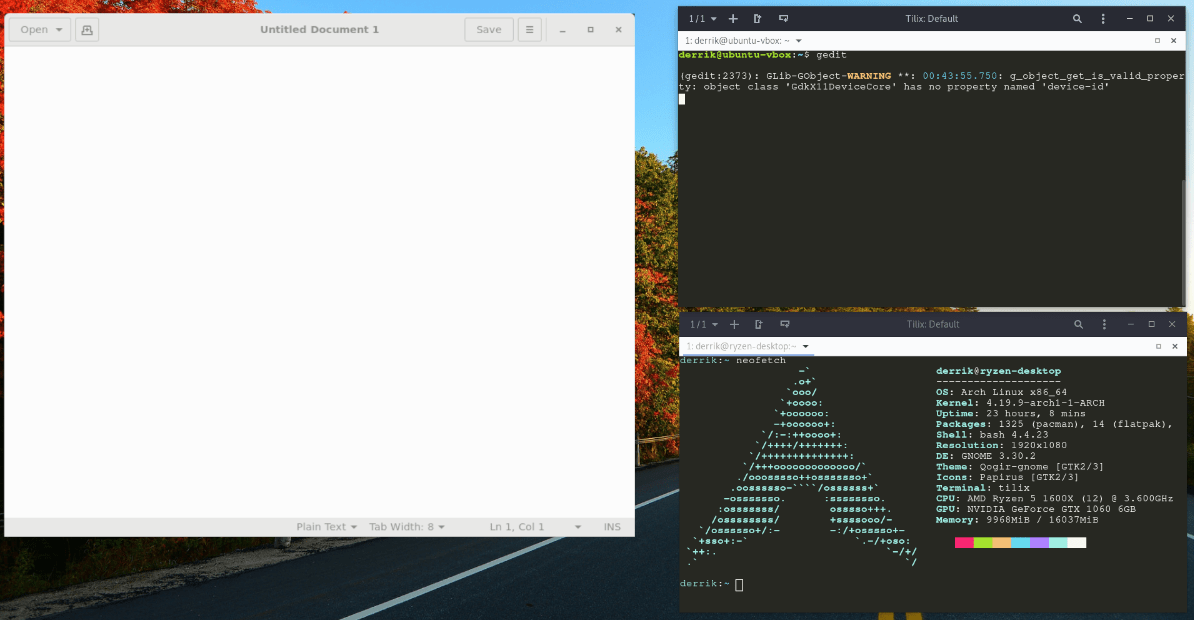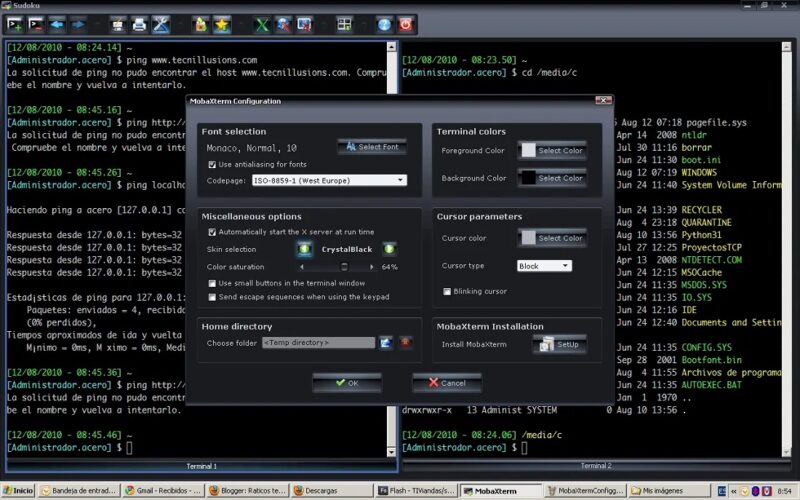

With the release of OS X 10.5 Apple shelved the Classic emulation environment, and in OS X 10.7 Apple removed Java from being included in the OS, though makes it available as an on-demand download should a user need it. Over the years of its development, Apple implemented a few other compatibility environments, including "Classic" emulation, which launched OS 9 within OS X to allow nonported Classic programs to run the X11 windowing system to bring even more Unix-based programs to the Mac and when the Intel transition occurred, Apple provided Rosetta to allow PowerPC applications to continue working.Īs OS X matured and Apple's Cocoa development tools established themselves, Apple began progressively moving away from in-house support for its compatibility layers.
#Best mac terminal x11 mac os#
A couple of these were its Unix underpinnings and inclusion of a Java runtime, making it compatible with a plethora of existing Unix and Java tools.Īlong with the new OS, Apple promoted its native Cocoa development environment, but also included a library of programming tools called Carbon that allowed older code built for the Classic Mac OS (version 8 and 9) to be easily ported to the new OS. In doing so, and to promote development and compatibility for its OS, Apple included support for a number of popular existing technologies that were appealing to developers.

When Apple introduced OS X, it was exploring where the new OS would take the Mac platform.


 0 kommentar(er)
0 kommentar(er)
